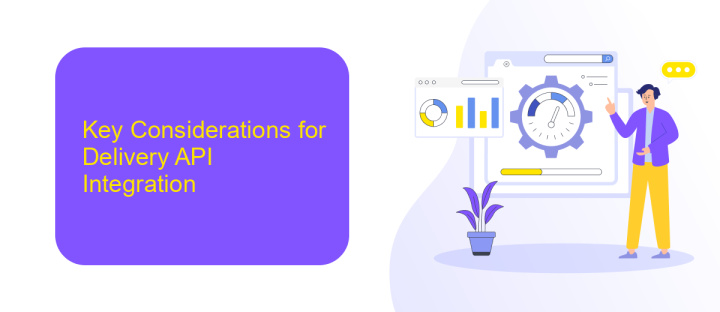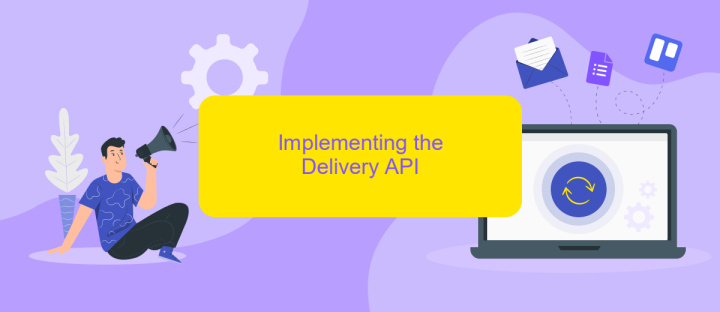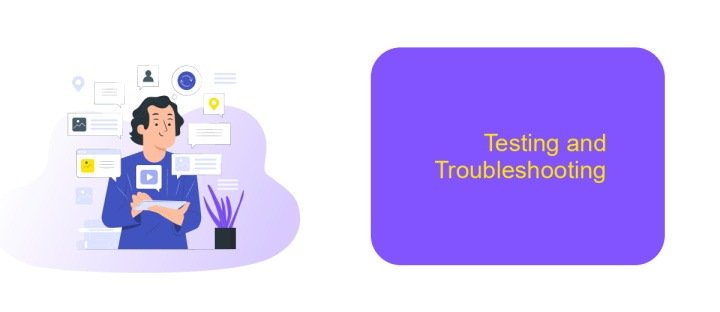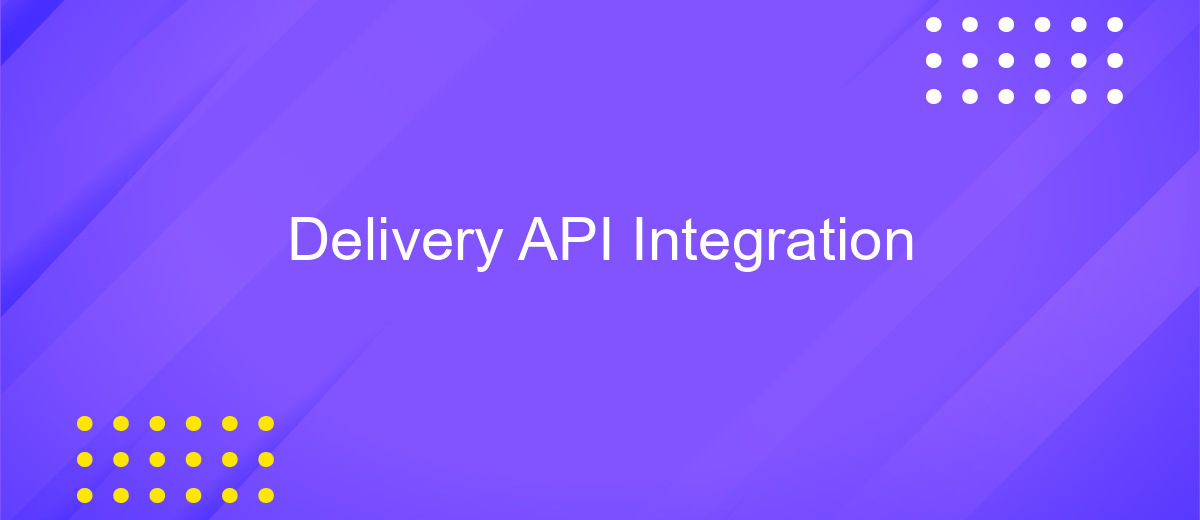Delivery API Integration
Integrating a Delivery API into your business operations can revolutionize the way you manage logistics and customer satisfaction. By automating the delivery process, you can ensure timely and accurate shipments, reduce manual errors, and provide real-time tracking for your customers. This article explores the key benefits and steps involved in implementing a Delivery API, helping you streamline operations and enhance your competitive edge in the market.
Introduction to Delivery API Integration
In today's fast-paced digital landscape, the integration of Delivery APIs has become a pivotal component for businesses aiming to enhance their logistics and supply chain operations. Delivery APIs offer seamless connectivity between various stakeholders, enabling real-time tracking, efficient order management, and optimized route planning. By leveraging these APIs, businesses can ensure timely deliveries, improve customer satisfaction, and gain a competitive edge in the market.
- Streamlined communication between shippers, carriers, and customers
- Real-time tracking and status updates for shipments
- Automated order processing and management
- Optimized delivery routes and reduced transportation costs
- Enhanced data analytics for improved decision-making
Integrating Delivery APIs into your existing systems requires a strategic approach, involving thorough analysis of business needs and careful selection of API providers. It is essential to ensure compatibility with current infrastructure while prioritizing security and scalability. As businesses continue to evolve, embracing Delivery API integration can lead to significant operational efficiencies and open new avenues for growth and innovation.
Key Considerations for Delivery API Integration

When integrating a Delivery API, it's essential to first understand the specific requirements and capabilities of the API you are working with. This includes examining the documentation thoroughly to grasp the endpoints, authentication methods, and data formats involved. Ensuring that your system is compatible with these elements will streamline the integration process. Additionally, consider the scalability of the API to accommodate future growth in your delivery operations, as well as the reliability and uptime guarantees provided by the API service.
It's also crucial to focus on security and data privacy when integrating a Delivery API. Implement secure authentication protocols, such as OAuth, to protect sensitive information. Monitoring and logging are vital for maintaining the integrity of the integration and troubleshooting any issues that arise. Tools like ApiX-Drive can simplify the integration process by providing a user-friendly interface for connecting various services without extensive coding, allowing you to automate workflows efficiently. Lastly, ensure that there is adequate support and resources available, such as customer service or community forums, to assist with any challenges encountered during the integration process.
Implementing the Delivery API

Integrating the Delivery API into your application can significantly enhance your logistics management by automating order processing and tracking. The first step in implementation is to acquire your API key from the delivery service provider. This key is essential for authenticating requests and ensuring secure data exchanges. Once you have your API key, you can proceed with setting up the API client in your preferred programming language.
- Initialize the API client using the provided library or HTTP client of your choice.
- Authenticate your client by passing the API key in the request headers.
- Configure the endpoints you will interact with, such as order creation, status updates, and delivery tracking.
- Test the integration with sandbox data to ensure all components function correctly.
- Deploy the integration to your production environment after successful testing.
After implementing the Delivery API, continuously monitor its performance to ensure it meets your operational needs. Regularly check for API updates or changes from the provider to maintain compatibility. By following these steps, you can streamline your delivery processes, improve customer satisfaction, and optimize your overall logistics operations.
Testing and Troubleshooting

When integrating a Delivery API, thorough testing is crucial to ensure seamless functionality. Begin by setting up a test environment that mirrors your production setup. This allows you to simulate real-world scenarios without affecting live data. Use test credentials provided by the API provider to authenticate your requests and verify that all endpoints respond as expected.
During testing, pay close attention to error handling. Ensure your application gracefully manages API errors and provides informative feedback to users. Monitor response times and optimize your code to handle any latency issues. Regularly check the API documentation for updates, as changes may affect your integration.
- Verify all endpoints with sample data.
- Test error handling with invalid requests.
- Monitor API response times for performance.
- Check for updates in API documentation.
Once testing is complete, move to troubleshooting. Common issues include authentication failures, incorrect endpoint usage, or outdated API versions. Use logging to capture detailed error information and refer to the API provider's support resources for guidance. Regularly update your integration to accommodate any API changes, ensuring continued compatibility and performance.
- Automate the work of an online store or landing
- Empower through integration
- Don't spend money on programmers and integrators
- Save time by automating routine tasks
Best Practices and Future Enhancements
When integrating a Delivery API, prioritize security by using HTTPS protocols and validating API keys to safeguard data. Ensure that your API requests are efficient by minimizing payload size and using pagination for large datasets. Additionally, implement robust error handling to manage exceptions gracefully and provide clear feedback to users. Regularly monitor API performance and set up alerts for any anomalies. Tools like ApiX-Drive can streamline the integration process by offering a user-friendly interface to connect various services without extensive coding.
Looking ahead, consider adopting API versioning to accommodate future changes without disrupting existing integrations. Stay informed about emerging technologies, such as AI and machine learning, which can enhance delivery predictions and optimize routes. Evaluate the potential of real-time data analytics to improve decision-making and customer satisfaction. Lastly, maintain flexibility in your integration strategy to adapt to evolving business needs and technological advancements, ensuring your Delivery API remains a vital component of your logistics infrastructure.
FAQ
What is Delivery API Integration?
How can I integrate a Delivery API into my system?
What are the benefits of integrating a Delivery API?
What challenges might I face during Delivery API Integration?
How can I test my Delivery API Integration?
Do you want to achieve your goals in business, career and life faster and better? Do it with ApiX-Drive – a tool that will remove a significant part of the routine from workflows and free up additional time to achieve your goals. Test the capabilities of Apix-Drive for free – see for yourself the effectiveness of the tool.


